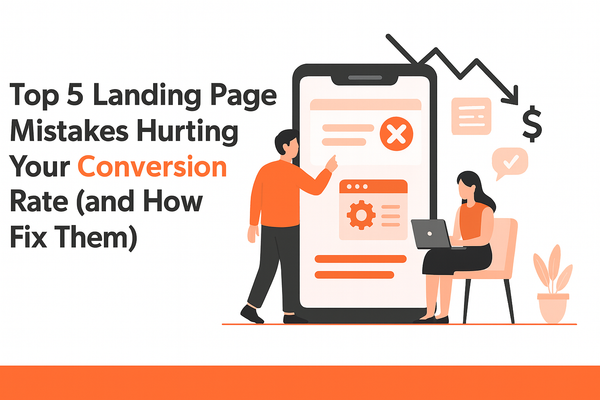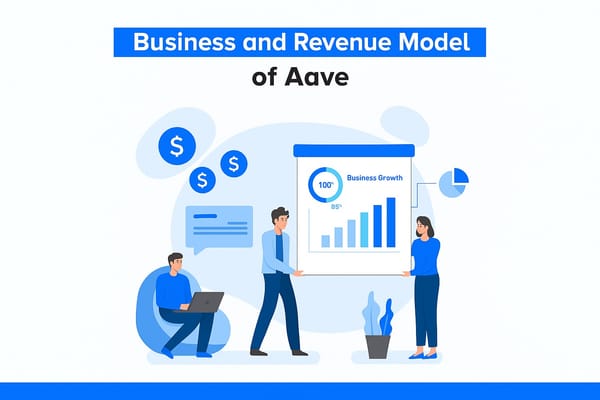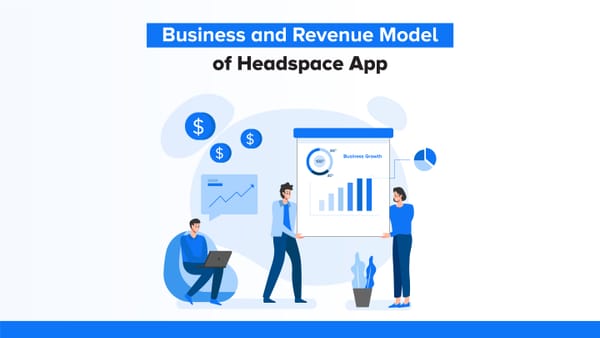How to Outsource App Development the Smart Way

As 2025 begins, just like every other field the vibrant world of tech stands on the cusp of transformative change. From generative AI to cross-platform app building, everything in-house is not always practical. That’s why outsourcing app development has shifted from a backup plan to a strategic advantage. But here’s the thing: to truly unlock the perks of outsourcing, it has to be done strategically. As it can bring many benefits, including cost savings, lower operational risk to enhanced flexibility, specialised expertise and many more. No wonder the global outsourcing market hit $3.84 trillion in 2024 and is projected to surpass $7.11 trillion by 2030.
Source: Grand View Research
What the Numbers Say about Outsourcing Industry Trends
- Asia-Pacific is leading the charge, contributing to over 39.15% of global revenue, with a robust talent pool and cost efficiency.
- Engineering services are gaining traction with a market share of over 77%, as more tech companies outsource everything from system design to quality assurance and DevOps.
- The BFSI sector continues to drive outsourcing demand, primarily due to the need for advanced automation, security compliance, and scalable technology infrastructure.
- Onshore outsourcing is still in play with a revenue share of over 45.0%, offering businesses faster collaboration, better control, and easier compliance with local regulations.
- The rising adoption of AI, cloud, IoT, and cybersecurity solutions is accelerating demand for outsourced capabilities.
Source: Grand View Research
The Big Wins of Outsourcing You Should Know
In today’s digital-first world, building and maintaining an engaging online presence requires serious time, skill, and agility. That’s why many top-performing companies are turning to outsourcing not just to save costs, but to scale faster, innovate smarter, and stay ahead of market demands. Here's what they’re doing right and the strategic advantages they're unlocking.
- Innovation Pressure: In fast-paced industries, staying ahead requires innovating at a faster pace. Outsourcing gives companies instant access to niche skills and proven tech that cuts down the time it takes to research, build, and launch. McKinsey insights reveal that using technologies like analytical and generative AI through outsourcing can improve product-market fit by up to 50%, boost performance by 15–60%, increase productivity by 50%, and reduce time-to-market by nearly 40%.
- Faster Time-to-Market: Outsourcing delivers more than just cost benefits; it significantly accelerates the process. By leveraging specialised teams with optimised processes, companies bypass hiring delays and tap right into established delivery pipelines.
- Scalability & Flexibility: Outsourcing enables companies to scale their development teams up or down, without the delays and costs associated with hiring, onboarding, or managing long-term overhead. Whether you're responding to a product surge, expanding into new markets, or navigating tight deadlines, outsourcing allows you to adjust resources quickly and efficiently.
In fact, approximately 60% of companies report that outsourcing enables them to scale operations in response to market demand, thereby helping them remain agile in dynamic business environments.
- Cost Efficiency: With the right framework in place, outsourcing becomes a cost-saving move by tapping into handpicked experts from across the globe. You skip the overhead of hiring full-time, yet still get access to top-tier skills. Deloitte found that 55% of companies with strong GBS leadership achieved an average cost savings of over 20%.
Source: Clutch
Before you take the outsourcing leap, here’s the cheat sheet of five top countries, the fine print you shouldn’t miss and what they bring to the table.
Source: Clutch
From Idea to Execution: Your Step-by-Step Guide to Outsourcing App Development
Set a Clear Direction
Before you begin the search for an outsourcing partner, take a step back and define what success looks like. As clarity becomes the foundation from the start, then discuss every choice moving forward to keep the options open:
What’s the end goal? What features or outcomes matter most? Define your project scope, key milestones, and the metrics you’ll use to measure progress.
Do Your Homework
Take time to explore reviews, case studies, and real-world results. Look for teams with proven experience in your domain, those who understand your industry challenges and can speak your business language from day one.
Have the Right Conversations
Once you've narrowed down your top picks, start the conversation and make it count. Go beyond the basics, such as budgets and deadlines. Ask how they communicate, what tools they use, their approach to feedback, and how they manage change when things shift. A recent industry analysis found that 57% of IT projects fail due to communication breakdowns, and 62% exceed budget due to poor alignment.
Get a Transparent Proposal
Once the initial conversations click, request a detailed proposal. It should break down deliverables, timelines, pricing, tech stack, and any terms upfront. You can think of it as your project blueprint, ensuring every piece fits before moving ahead.
Launch Smart and Stay Involved
Once the project is off the ground, your role shifts from planning to active leadership. That means more than just checking boxes; it’s about showing up for key milestones and reviewing progress. Reports show that 32% of project failures are attributed to poor stakeholder management. That’s why staying close to the process is non-negotiable, as it helps you build trust, catch issues early, and open doors for innovation.
Final take
As global talent hubs rise and tech trends evolve, outsourcing gives you front-row access to some of the brightest minds in the world, without the overhead. Whether you’re a startup shaping your first product or an enterprise pushing to stay ahead, the real game-changer isn’t just the choice to outsource, it’s how you go about it.
Every outsourcing model offers something different. What works for one company might not work for another. That’s why success lies in building a strategy that fits, one that considers your project’s scale, the depth of skills you need, and how closely you want to stay involved in the process.
That’s a mindset we live by at Tech Essentia. Over the years, we’ve helped businesses turn big ideas into scalable products by aligning the right talent with clear and thoughtful execution.




